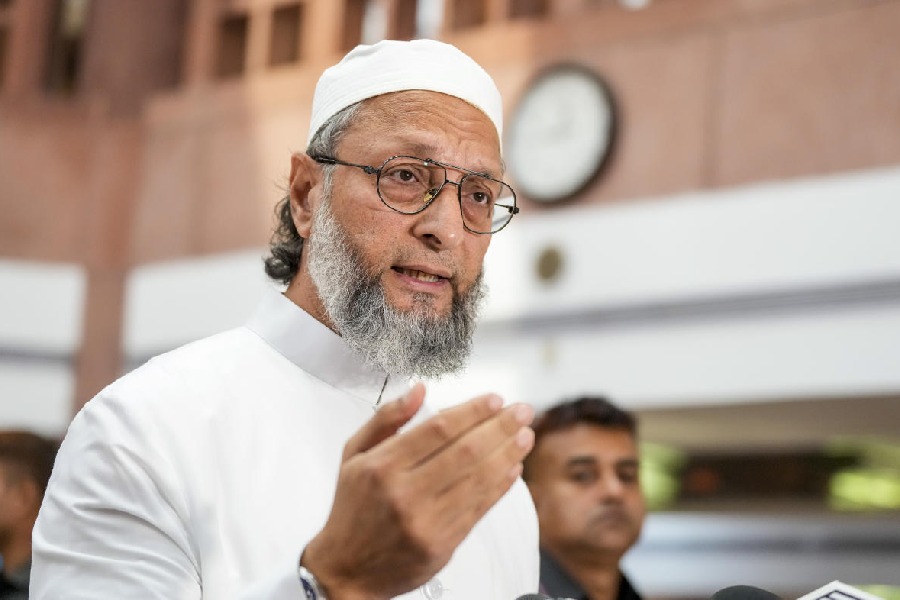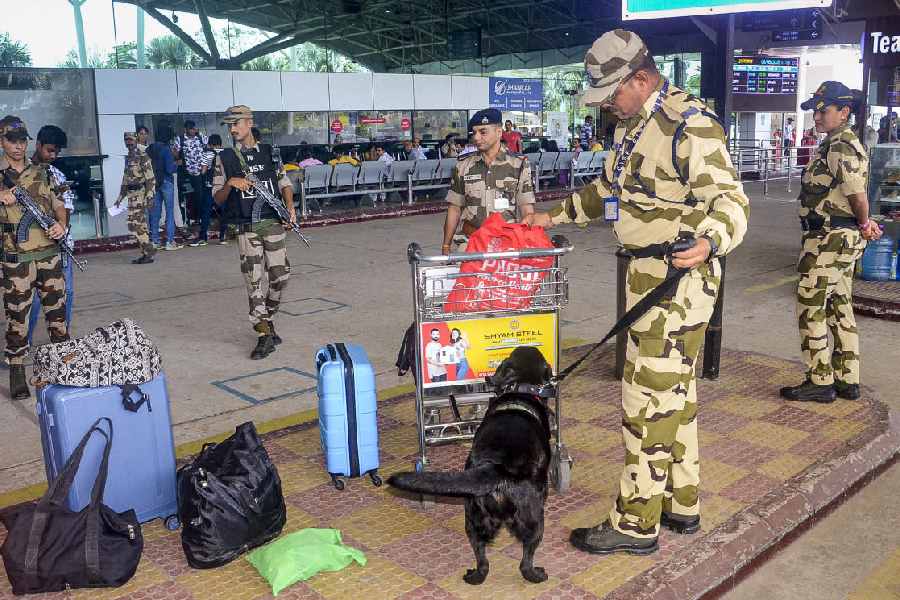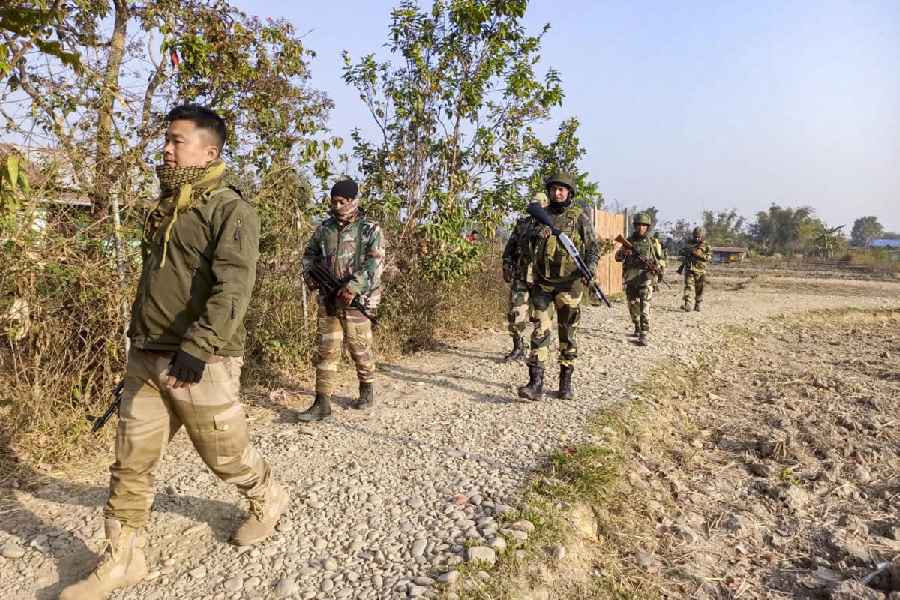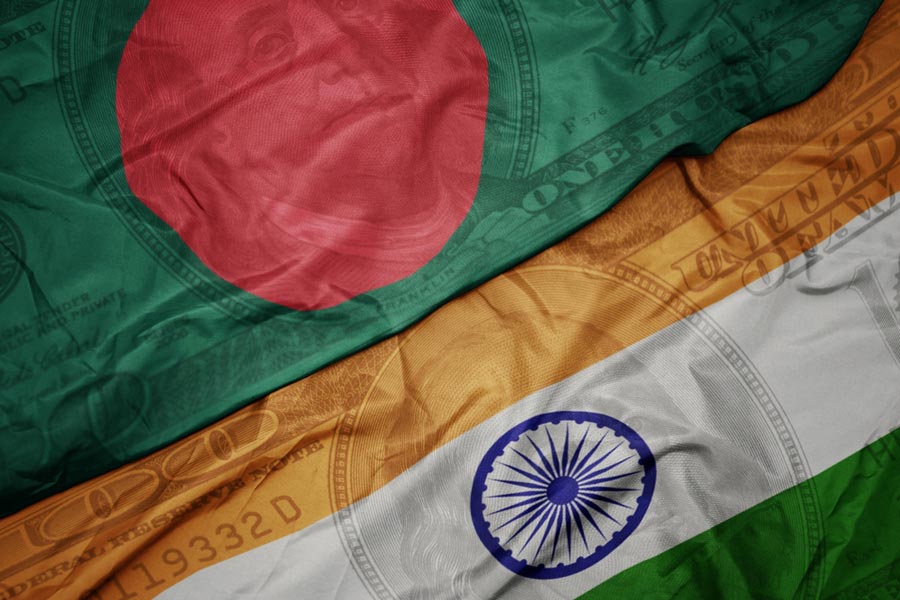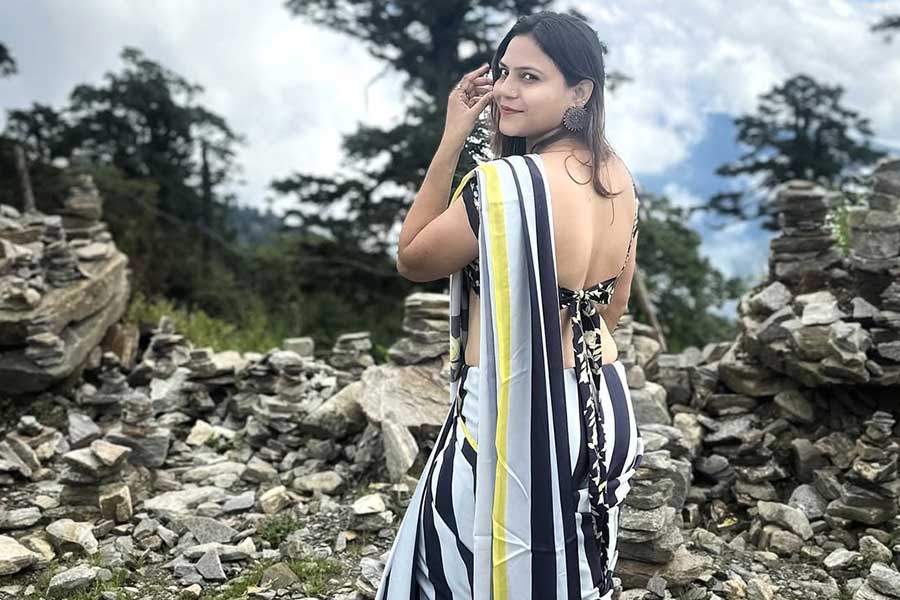New Delhi, June 12: Medical researchers experimenting with rats have demonstrated for the first time a two-pronged treatment strategy that leads to near-complete recovery of motor movements in the animals after massive strokes.
Rats with artificially induced strokes, treated first with bio-chemicals to stimulate nerve growth and then provided intensive physical rehabilitation training, recovered their lost motor movements, the Switzerland-based researchers and their collaborators in Germany and Japan have shown.
“The rats (regained) full precision control of their arms and forepaws in a difficult motor task,” Martin Schwab, chair of the neurosciences division at the Brain Research Institute at the University of Zurich, who led the study, told The Telegraph.
This is the first time, he said, that a set of laboratory animals has shown recovery from stroke to such an extent. The study’s findings will appear in the US journal Science tomorrow.
Treatment for stroke now involves two arms. In less than 10 per cent of patients who are brought within six hours of the stroke, the blood clot can be removed and the patients recover very well.
For the other 90 per cent, however, physiotherapy training is the only proven treatment available today. “In very severe strokes, patients have to learn to do things with one arm or one leg only,” Schwab said.
In their study, the researchers found that the sequential application of antibodies that stimulate nerve growth and the rehabilitative training was critical to the outcome of treatment. Combining antibodies and the rehabilitation training at the same time did not work.
Their findings suggest that rehabilitation training should be provided at the right time after treatment with antibodies. When the rats received rehabilitation training — equivalent to physiotherapy provided to humans — simultaneously with antibody therapy, the animals were even worse in fulfilling motor tasks than another group of rats that had received only rehabilitation training without antibodies.
The key message is that the timing of the two treatment components is important, said Anna-Sophia Wahl, a researcher at the University of Zurich. “We get the best outcome when the medication is sequentially followed by rehabilitation training.”
The “medication” is made up of antibodies against the so-called Nogo protein that prevents nerve growth and was discovered by Schwab and his colleagues nearly 20 years ago.
Several past studies had shown that the suppression of the Nogo protein increases the regeneration of nerve fibres after spinal cord injuries and encourages the sprouting of new branches from uninjured fibres after a stroke.
In the new study, rats that first received anti-Nogo therapy followed by two weeks of intense physical rehabilitation training had the functions of their forelimbs “almost fully restored”.
The researchers said the strategy they applied to rats could in principle be used to treat human stroke patients. Schwab and his colleagues are now designing a human trial.


